This is the fourth of my food quizzes in an ongoing series. I’ll be honest and say that for the previous three, I’ve only received one answer to the question that I posed. It was a correct answer, but the other two mysteries are, as yet, unsolved, so this time I want to give some clues as to what the answer may be. This won’t necessarily make the quiz any easier – particularly not for people living outside Japan – but anyway, I am a great lover of toast and a few years ago graduated from eating cereal for breakfast to eating toast instead, or bread as the case may be. Rumour has it that cereal contains less nutrition than a piece of cardboard, although this myth was busted by – appropriately enough – the TV show Mythbusters, which tested the nutritional contents of cereal and cardboard, compared them, and came to the conclusion that cereal was at least marginally more beneficial for your health than cardboard, or at least could keep you alive for longer.
The reason I switched to toast was because cereal is much less popular in Japan than in the UK, although in recent years, granola and the like are becoming more popular, even if they are a lot like UK cereals: in other words, 90% sugar and only 10% vitamins, minerals, carbohydrates, and so on.
Another problem about living in Japan is that there are fewer options when it comes to what to spread on your toast or bread. I’m fanatical about peanut butter – in fact, I’m thinking of writing a post about peanut butter alone in the not-too-distant future because it’s such a big part of my life – but peanut butter, jam, and for English people Marmite, are less readily available in Japan, which has led to me searching for alternatives. I spread all sorts of weird and wonderful things on my toast in the morning and parenthetically, I usually cut one slice of toast into four and spread four different items, one on each quarter, which is, I have to admit, eccentric.
So today’s food quiz originates in one of those experiments. I can’t remember what I spread on the other two quarters of toast not visible in this photo because it was a couple of weeks ago now, but the two you can see here are alternatives to Marmite, in the sense that they are black and not necessarily the kind of thing that everyone would like on their toast.
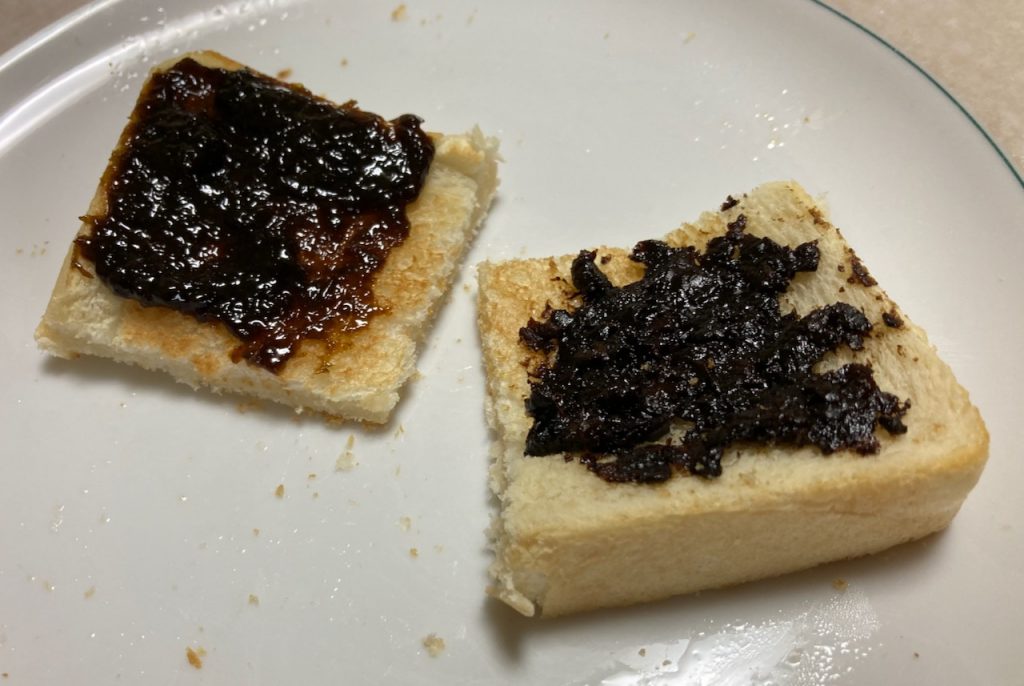
By way of a hint as to what they are, the one on the left is something that Japanese people will often put on rice when they eat it. There tend to be two schools of thought in Japan: Mrs M is one of those people who doesn’t like to eat rice on its own, whereas I am one of those people who does. There is a foodstuff called furikaké, which we refer to with our children as “sprinkles.” Furikaké comes in all sorts of flavours – for example, seaweed, egg, salmon, and so on – and is usually dry and powdery.

The shiny black substance you can see here is not crude oil. Rather, it is a kind of paste and is definitely not available abroad unless you shop in a specialist Japanese supermarket. Personally, I think that it’s very nice on rice or toast, and it contains an ingredient that is not necessarily unique to Japan, but is much more popular here than in almost any other country in the world.
The other quarter of toast has something spread on it that is more unusual, that even an ordinary Japanese person may not have eaten and even if they have, may not like.
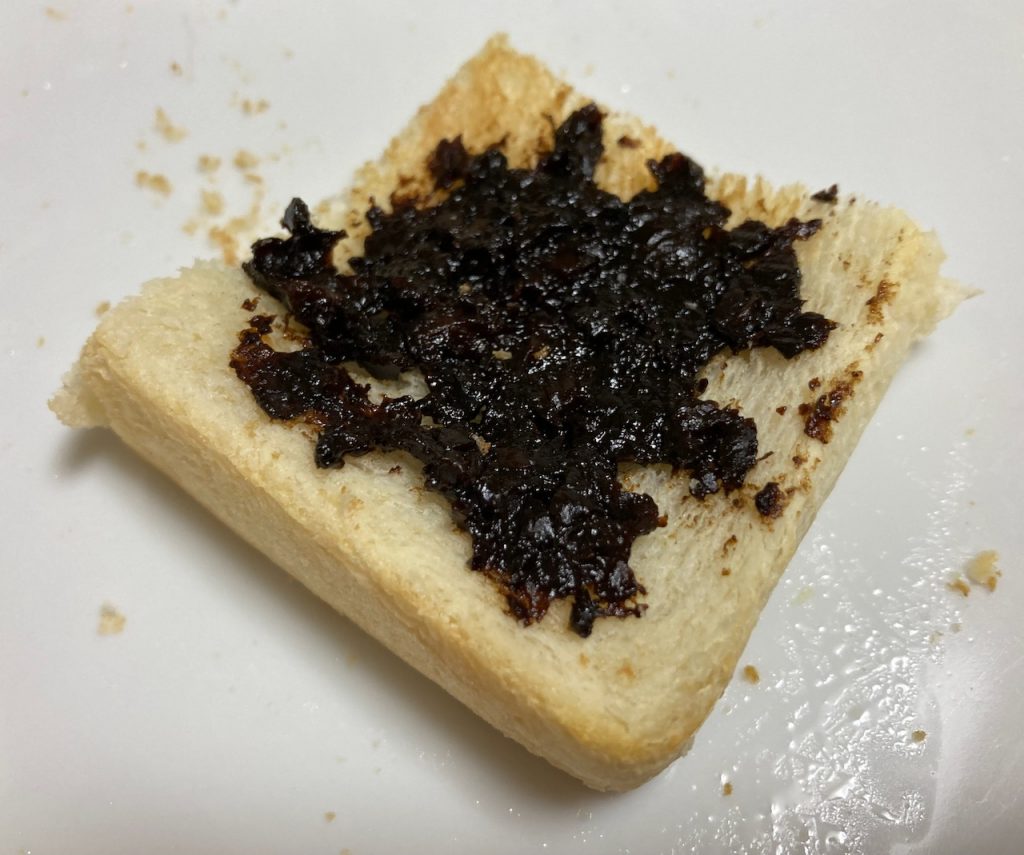
I received this as a gift – a very strange gift, you might say – when I was working as an adjudicator for an English exam in a far corner of Ibaraki Prefecture a few weeks ago. Normally, when I work as an adjudicator for this particular English exam, it’s all rather formal. There are a lot of examiners, a lot of students, and it’s quite a tiring day. The money is good, which is why I do it, but there tends not to be much banter or camaraderie, as there’s a lot of work to get through and because it’s an exam, we need to play by the rules and not take matters too lightly. But when I was adjudicating in a place called Ryūgasaki, the atmosphere was rather different. There were fewer examiners, fewer students, and the old guy who was helping us get through the day without making any mistakes, telling us what to do, where to go, whether or not to use anti-bacterial spray on our hands and so on, was an amusing fellow. I don’t know exactly who had left it for us, but at the end of the day we were given a present to go away with. Normally this would be something like cakes or sweets, but this particular present was very unusual. I’ve only ever received it on one other occasion and that was from one of Mrs M’s aunts, who makes it herself. The process of making it is very laborious and it takes, I believe, either 12 or 24 hours in a rice cooker, which is a lot of electricity to use for something that a lot of people don’t like.
I’m not even sure how most people eat it and/or whether they mix it with something else to create different recipes. Mrs M mixed it with a sweet, vinegary sauce to make a kind of paste and I had the bright idea that it might be a good idea to spread this on toast. Which is a very long-winded way of saying that the main ingredient in the spread on the second quarter of toast is a vegetable of some kind, although normally that vegetable is not black; in the process of cooking, it changes colour completely. In fact, the taste changes, too.
But I’ve already said too much! If you think you know the answers to food quiz no. 4, do please leave a comment, and I will be very impressed if anyone answers this correctly.
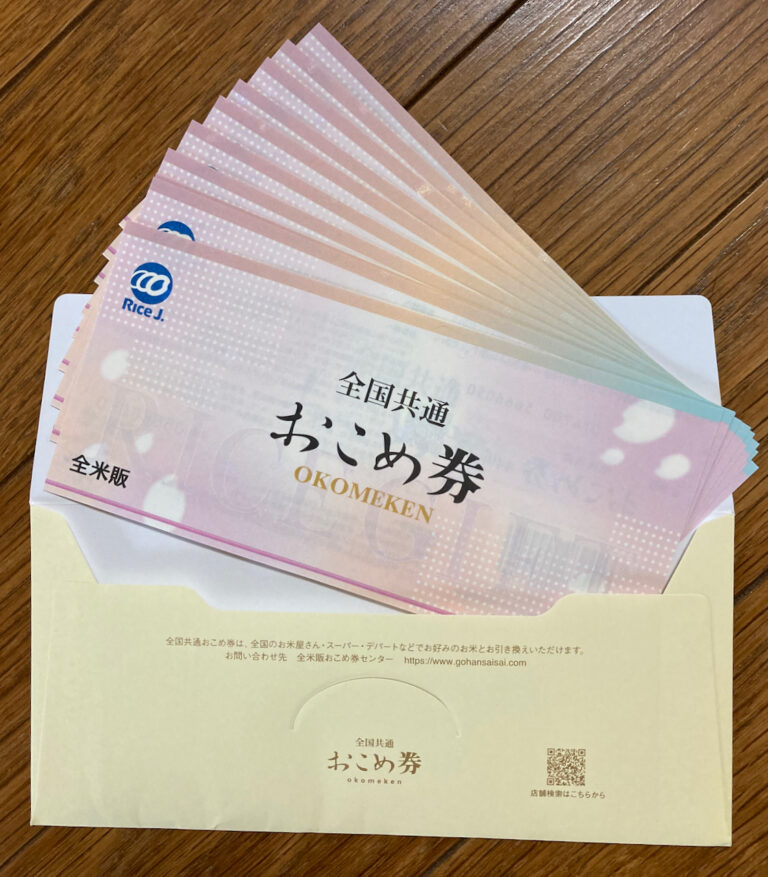


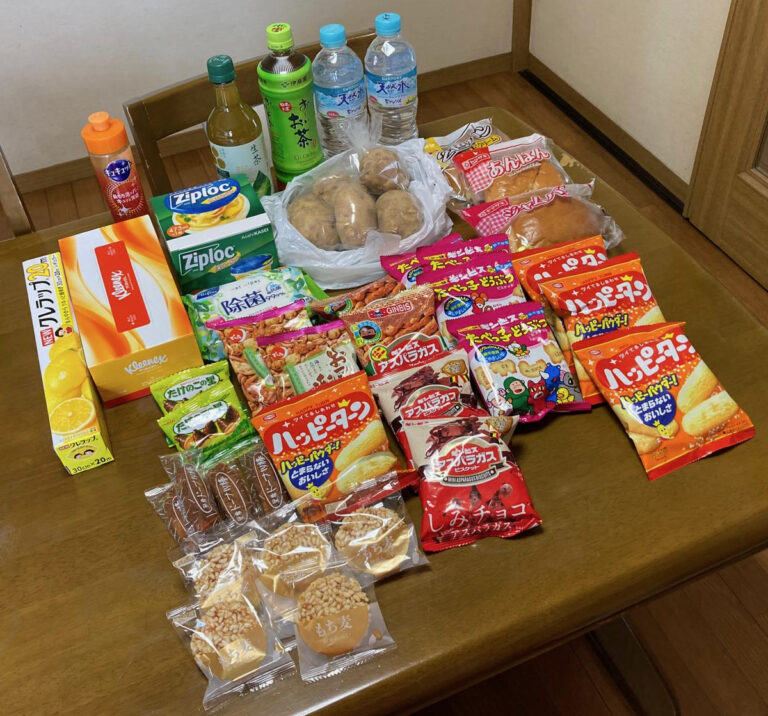


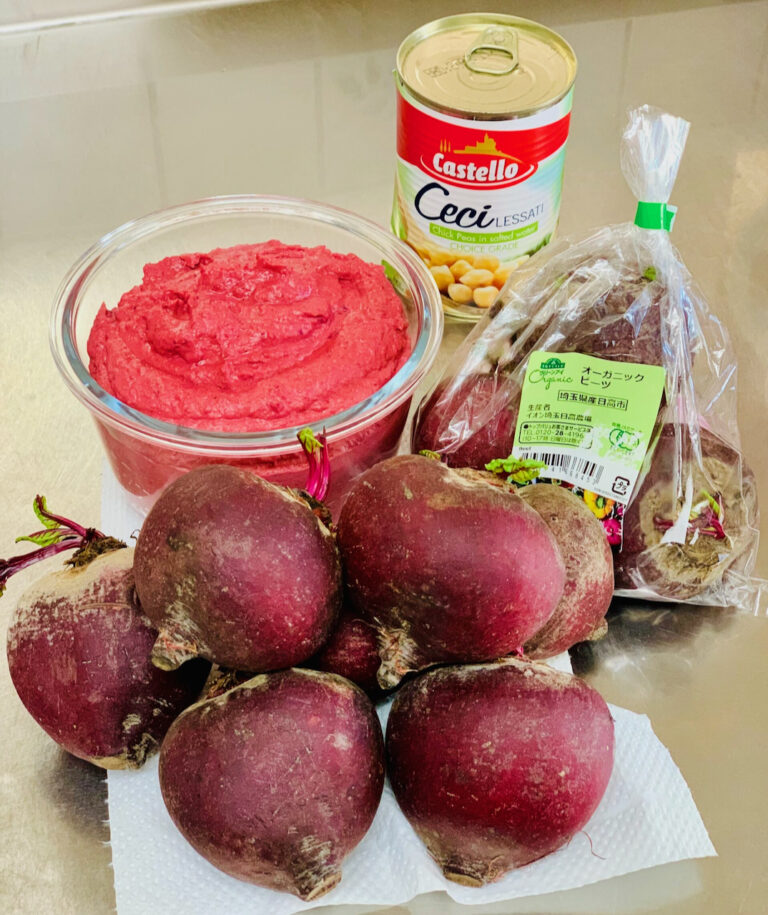
This one has me a bit stumped. I’d guess the first one looks like it could be black bean paste, but I have no idea what the second one is.
Not beans, but seeing as you’ve been kind enough to leave a comment, I’ll give you a clue: it’s something that grows in the ocean rather than on land. As for the second smear of blackness, let’s just say that my kids complained about my breath after I ate it.